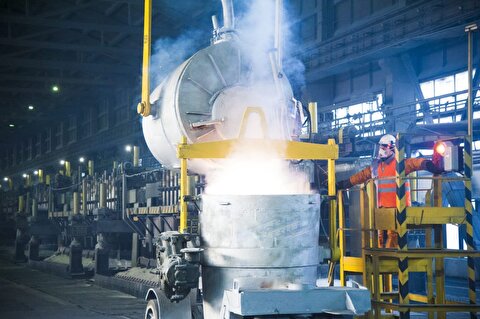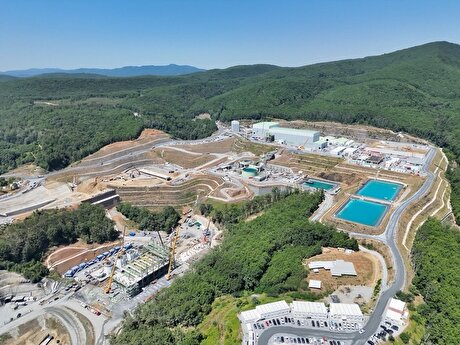
Iran’s huge energy subsidies: supporting or battering the economy?
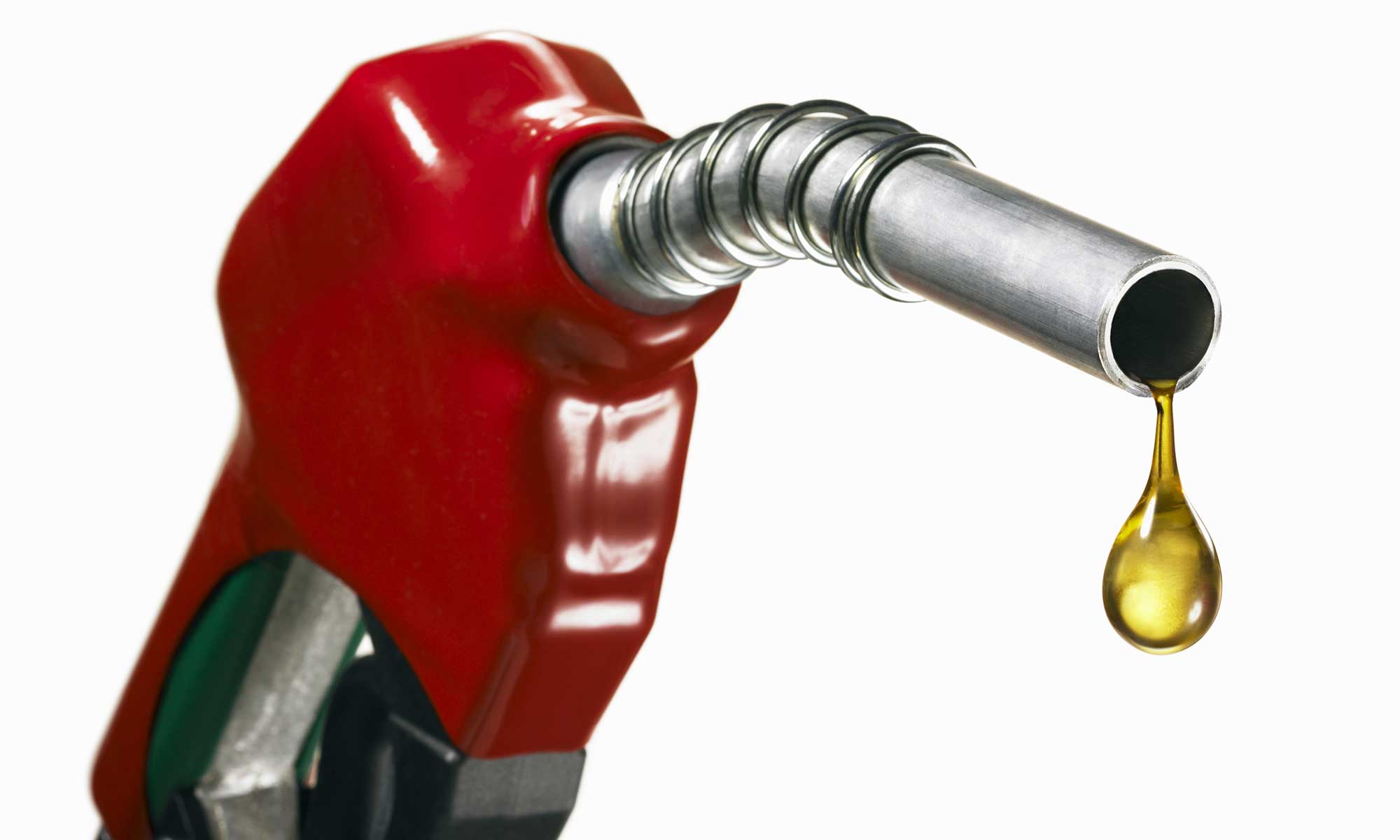
Based on the report, in 2018 with $69 billion of subsidies allocated for various types of energy consumption including oil, natural gas and electricity, Iran holds the first place among the world’s top countries in terms of the amount of subsidies which is allocated to energy consumption.
According to the IEA report, in the mentioned year, Iran has allocated $26.6 billion, $16.6 billion and $26 billion of subsidies for oil, electricity and gas respectively.
Based on the data, the total amount of allocated subsidies equals 15 percent of the country’s total GDP.
But what this information means? How one should interpret seeing the name of “Iran” on top of a chart for countries with most energy consumption subsidies?
Three main purposes of energy subsidies
Energy subsidies for long have been used by governments all around the world for pursuing certain political, economic, social, or environmental agendas. In different countries, energy subsidies are provided in different forms and modalities with a direct or indirect outcome on energy production costs and/or final prices.
Iran, as one of the world’s top energy-rich countries, for long has been offering significant amounts of energy subsidies to (according to the government claims) reach three main targets:
1- To support the less privileged population of the society
2- To create and support job opportunities across the county
3- To support domestic production
Considering these major purposes assumed for allocating gigantic amounts of energy subsidies in Iran, the question is to what extend these goals have been reached so far?
The poor, the rich or the air pollution?
Regarding the support for the less-privileged classes of the society, a look at the gasoline subsidies which the Iranian government has been offering for all people, can show the extent of this approach’s inefficiency.
On one hand, many energy experts and scholars in the country believe that allocating great amounts of subsidies for gasoline is not in fact supporting the poor but it is more lifting the rich. They argue that most of the lower class population in the society do not use much gasoline in comparison to the upper classes with their luxury cars. That means the government is in fact supporting the upper classes’ luxurious lifestyle by providing them with cheap fuel which in fact they do not need.
On the other hand, many environmental experts believe that such subsidies are in fact encouraging people to consume more and to care less about the negative impact that they are leaving on the environment. Cheaper fuel means more careless consumption that is more consumption in fact. Most of Iran’s big cities are currently struggling with high levels of air pollution which is a direct outcome of the cheap fuel which is being consumed by everyone on a daily basis.
New job opportunities
One other argument that is behind the heavy energy subsidies in Iran, is to support and create new job opportunities. In this regard one major example could be the subsidy which is provided for the gas consumed by the industrial units.
An example in this area would be the best explanation to the question of how well this strategy has paid off.
In Iran a major part of the country’s gas is consumed in the industrial sector. In this particular example I want to take a look at the cement industry as a sample community. Every year in Iran, about 90 trillion rials (nearly $2.15 billion) is allocated to the gas subsidies used in the cement industry while based on the data provided by the industry ministry, the total revenues earned from this industry in the past Iranian calendar year (March 2018-March 2019) was reported to be 15 trillion rials (about $357 million).
Considering the revenue earned and the amount of subsidies, it is clear that 75 trillion rials is lost. Now the interesting part is that considering the fact that there are nearly 250,000 people working in the country’s cement industry, if the subsidies money was directly paid to the workers, each worker would earn 350 million rials, which is way more than most of their actual annual income level.
Supporting domestic production
The above example might make you think that the money has been spent to support the domestic production, as it has been stated as one of the main goals for energy subsidies.
It has been years that Iran is allocating subsidies for many industrial sectors, including the auto industry, the cement industry and etc. but the outcome has not been what is expected it to be.
Using more and more subsidies has made most industries less competitive and more reliant on outside sources for their inefficiencies.
One recent example is the emerging of the great number of Bitcoin mining farms all over the country. It was reported that even in many of the country’s industrial parks the production units were using the subsidized electricity to farm Bitcoin instead of producing what they were supposed to be making.
Final thoughts
As many energy and economic analysts and scholars have stressed before, it is obvious and almost certainly we could say that allocating huge amounts of energy and fuel subsidies is not a good strategy to follow.
The budget that is allocated for subsidies every year could be spent in a variety of more purposeful, more fruitful areas. The country’s industry should compete in order to grow, people must learn to use more wisely and to protect the environment.
A government which provides irrational amounts of subsidies for energy consumption is just like a father who spoils his children by over-protecting and over-supporting them, those children, most probably, won’t turn out to be successful contributors to their society.

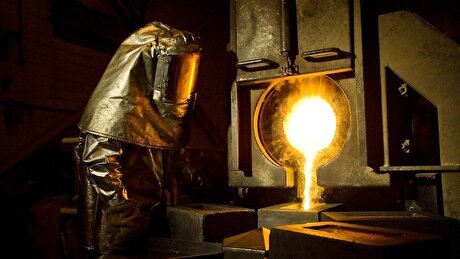
Newmont nets $100M payment related Akyem mine sale
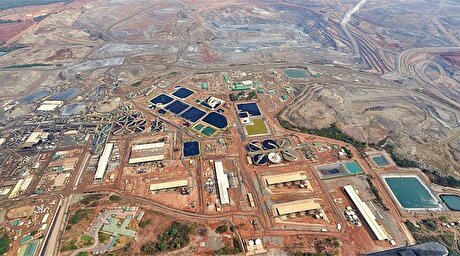
First Quantum scores $1B streaming deal with Royal Gold

Caterpillar sees US tariff hit of up to $1.5 billion this year
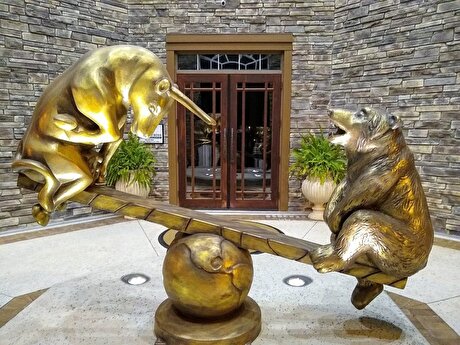
Gold price rebounds nearly 2% on US payrolls data
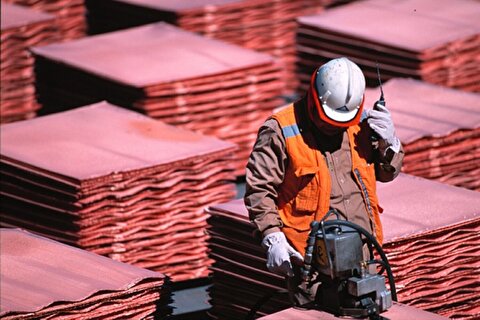
Copper price collapses by 20% as US excludes refined metal from tariffs

St Augustine PFS confirms ‘world-class’ potential of Kingking project with $4.2B value

B2Gold gets Mali nod to start underground mining at Fekola
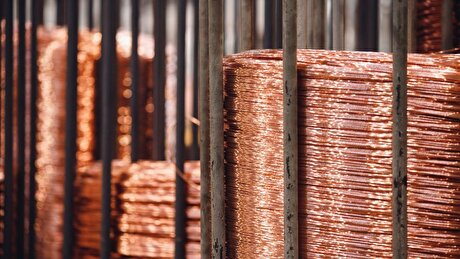
Goldman told clients to go long copper a day before price plunge

Copper price posts second weekly drop after Trump’s tariff surprise
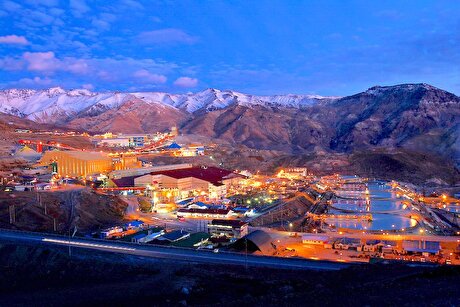
Codelco seeks restart at Chilean copper mine after collapse

US slaps tariffs on 1-kg, 100-oz gold bars: Financial Times
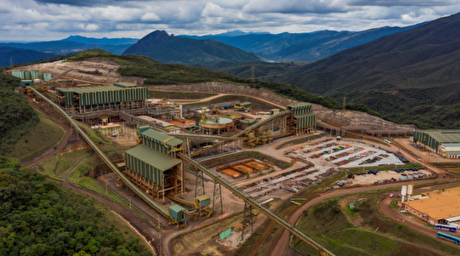
BHP, Vale offer $1.4 billion settlement in UK lawsuit over Brazil dam disaster, FT reports
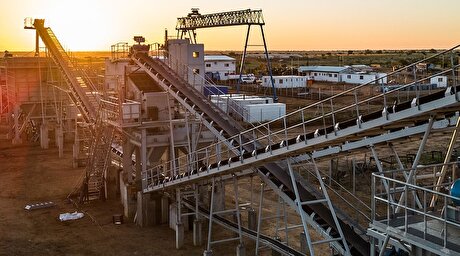
NextSource soars on Mitsubishi Chemical offtake deal
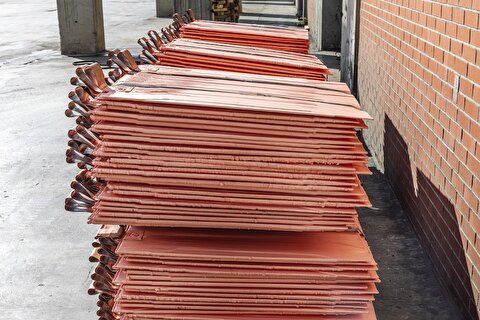
Copper price slips as unwinding of tariff trade boosts LME stockpiles
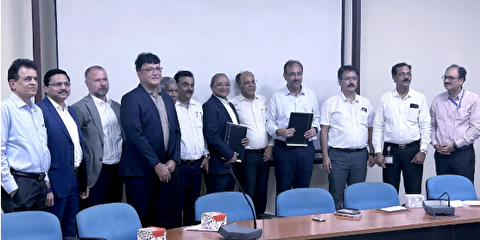
SAIL Bhilai Steel relies on Danieli proprietary technology to expand plate mill portfolio to higher steel grades
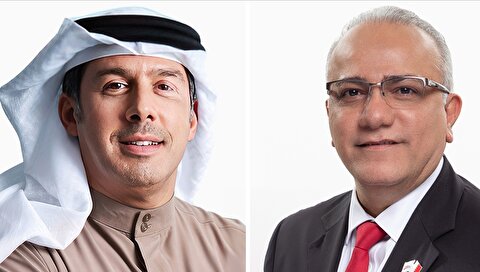
Alba Discloses its Financial Results for the Second Quarter and H1 of 2025
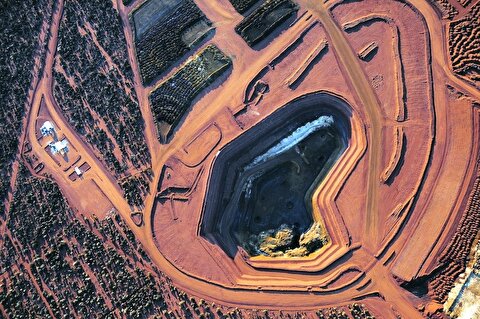
Australia weighs price floor for critical minerals, boosting rare earth miners
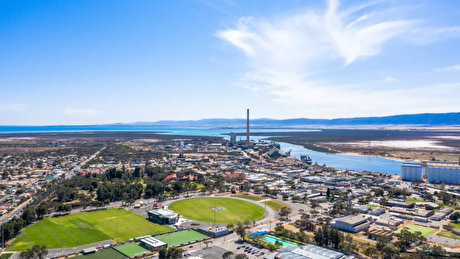
Australia pledges $87M to rescue Trafigura’s Nyrstar smelters in critical minerals push
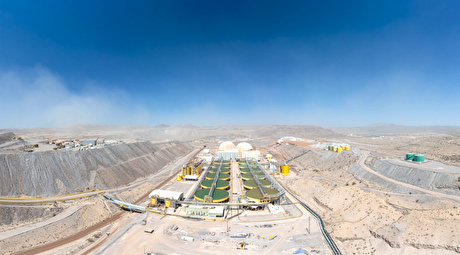
Fresnillo lifts gold forecast on strong first-half surge

US slaps tariffs on 1-kg, 100-oz gold bars: Financial Times

BHP, Vale offer $1.4 billion settlement in UK lawsuit over Brazil dam disaster, FT reports

NextSource soars on Mitsubishi Chemical offtake deal

Copper price slips as unwinding of tariff trade boosts LME stockpiles

SAIL Bhilai Steel relies on Danieli proprietary technology to expand plate mill portfolio to higher steel grades

Alba Discloses its Financial Results for the Second Quarter and H1 of 2025

Australia weighs price floor for critical minerals, boosting rare earth miners

Australia pledges $87M to rescue Trafigura’s Nyrstar smelters in critical minerals push

Fresnillo lifts gold forecast on strong first-half surge
